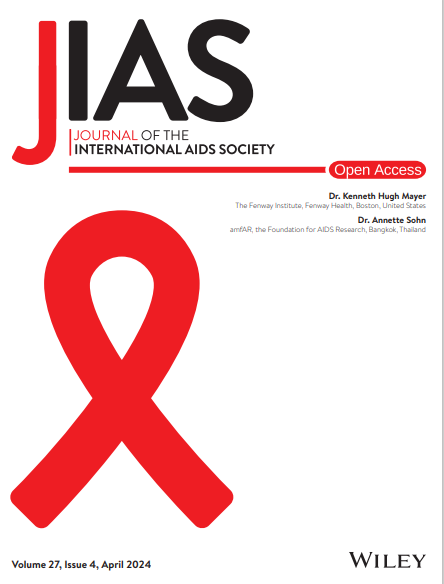In the current era of universal antiretroviral treatment (ART), health systems have the dual challenge of a growing number of people living with HIV and on ART who are also receiving chronic, life-long treatment for non-communicable diseases. Current evidence suggests that 6-month multi-month dispensing (6MMD) can maintain at least equivalent clinical outcomes to conventional care and reduce costs, but little is known when integrating 6MMD for multiple conditions. We examined the cost-effectiveness of integrated multi-month drug dispensing for people living with HIV and hypertension.
Using an age- and sex-specific hybrid decision tree and Markov state-transition model, we constructed a 100,000-person simulated population cohort who may develop HIV and hypertension and initiate treatment at clinics in South Africa over a 10-year time horizon. We assessed the incremental costs and effectiveness of 6MMD versus conventional care from a health system perspective under different conditions of care-seeking, eligibility and uptake of 6MMD for clinically stable patients. Model inputs were sourced from previously published literature. 6MMD was defined as reducing the frequency of clinic visits by increasing the number of medications dispensed to stable patients at each visit from 3 to 6 months. For the integrated 6MMD, we assumed that comorbid patients receive both HIV and hypertension drugs at the same facility on the same day.
Our study demonstrates that integrated 6MMD for HIV and hypertension in South Africa can avert between 0.8 and 1 DALYs and increase health systems costs between $24 and $49 per patient per year, compared to the status quo. One-way sensitivity analysis showed that HTN drug cost and prevalence of HIVHTN and HIV were key drivers in the cost per DALYs averted. Overall, integrated 6MMD with a greater proportion of well-controlled patients and lower mortality rates led to greater cost savings or better cost-effectiveness (less than $50 per DALY averted) across a wide range of loss-to-follow-up (LTFU) factor variation.
By better controlling disease among patients already in care, integrated 6MMD can be more beneficial than the status quo treatment by resulting in fewer cases of LTFU and fewer deaths through high-quality care.



